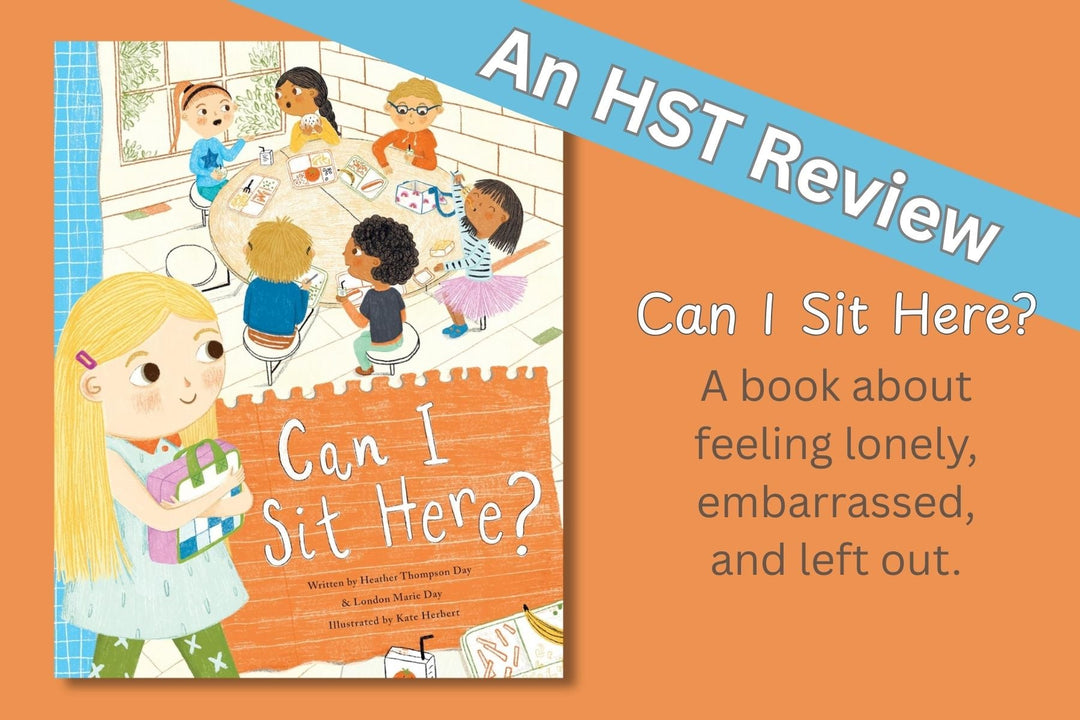Seasonal Homeschool Ideas: How to Make Learning Fun

Take advantage of each season's learning opportunities. Discover how you can make learning fun for your kids with hands-on activities, lessons, and projects. You'll love these seasonal homeschool ideas!
The leaves of our front yard oak tree turn brown each winter, but they still cling to the branches, shivering in the cold winds. It's as if it wears a brown coat until the first breaths of spring.
In the early months of spring my children and I would watch as our tree slowly shed it's coat, then began to put on its spring attire.
Small buds appeared with a wiggly green looking "worm leaf" as we called them. Those would drop and tiny leaves began to grow quickly. Over the next few weeks a beautiful cloak of green appeared once again.

What is Seasonal Learning?
Seasonal learning is just that... it's taking advantage of the educational opportunities that are literally right at our doorstep.
We believe children of all ages learn best when they learn naturally. Learning naturally means being able to learn in ways they are designed to learn. Their developmental levels, the chance to make connections, and the ability to see, hear, feel, and do all play a part in that.
Sure, they can read in a book about the life cycle of a tree, but what if your kids experienced it. In the spring your children could draw or take pictures of the process I described that we saw in our tree. They might want to make leaf rubbings and feel the bark.
Then during the autumn they could observe the changing leaf color, draw or take pictures, and collect some leaves. Next, record when the leaves actually fall and journal about the tree through the winter... when did it freeze outside or snow? What did the tree look like? How did the weather seem to affect it? Once again, draw or take pictures throughout the winter season too.
Of course that brings us back to the spring.
Expand your study of the life cycle of a tree by reading books about trees, learning about the science behind all the changes, and then do an activity about the life cycle of a tree.
How much more fun is that that simply reading about the life cycle of a tree and the moving on? And how much more they will learn! None of these steps take a lot of time, but the benefits are incredible.
Why is Seasonal Learning Effective?
Textbooks and a model of education that compartmentalizes each subject isn't the best way for most kids to learn. From the example above you can see just why natural, seasonal learning is so effective! It helps students:
- Make connections. The connections are everywhere and kids will notice them without us having to force it.
- Stop compartmentalizing subjects. Through observing a tree over a year, they learn about science. Through nature journaling they practice language arts skills and develop skills in drawing or photography.
- Experience the topic. Children often have preferred learning styles, but every child benefits from using a combination of them. The more senses they can involve, the more they will learn and understand.
- Develop a love of learning. This type of learning is simply more fun—for both our kids and us. And when learning is fun, we are all more motivated to do it.
At first this type of learning may sound harder, but really it's not. What is hard is dealing with bad attitudes and whining and a lack of focus and the question, "Do we have to do school today?" Hard is trying to force kids to learn in a way that is contrary to their design and nature. Hard is making kids learn instead of tapping into their natural desire to do it.
Natural learning and seasonal learning go hand in hand. It's not harder... it's more intentional.
What Are Some Seasonal Ideas I Can Use in Our Homeschool?
You don't have to change everything about your homeschool all at once. Simply incorporating a few seasonal ideas is a great place to start! Here are some ideas you can choose from:
- Learn about nutrition and meal planning. Go to the farmers market to shop seasonal fruits and vegetables and then do a little research. What "super powers" do these foods have for our health? Find recipes on the internet. Talk about how using seasonal fruits and vegetables will help you all to eat more healthy and will save you money too. Cook a meal together so you can involve your kids in the process. They are much more likely to try it!
- Keep a nature journal. Do your own study of a trees and plants in your yard or neighborhood. Throughout the year draw or add pictures of the same tree or plant during the different seasons. Include leaf rubbings and bark rubbings. Create your own life-cycle diagram. Include quotes and copywork about trees and plants and nature.
- Dig into seasonal specific topics. For example you can learn about Easter in the spring and Thanksgiving Day in the autumn, and Christmas during the winter. Find out about the traditions around holidays, how different people celebrate, and the connection between the traditional food prepared and the holiday.
- Have fun with special "holidays" too! During shark week you can do a "deep dive" into the study of sharks and go to an aquarium.
- Experience science in action. Learn all about the physics behind roller coasters and visit an amusement park to ride one during the summer.
Seasonal Learning Activities
As you can tell, we are pretty passionate about this way of learning at Homeschooling Today. That's why we create Seasonal Activity Guides for our print subscribers. Each issue comes with a FREE downloadable set of printable, seasonal activities to make it easy for you. You'll find art projects, activities to go with our Great Books column, activity sheets, and ideas. We've even put together a sampler pack of some of our 2021 activities so you can try it yourself!
Just click on the picture below!

Subscribe to the magazine today to get our 2022 Seasonal Activity Guides along with a beautiful copy of the magazine. It's designed to encourage and give you practical help to homeschool boldly!











